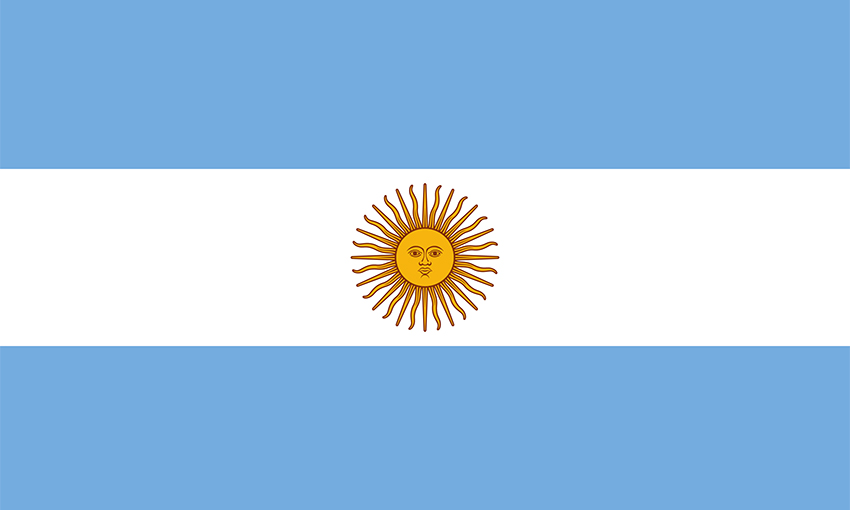AGRICULTURE and an abundance of natural resources are among the foundations of Argentina’s economy. Ships carrying the country’s exports call the ports on Argentina’s Atlantic coastline and along a river system leading inland. The river is now the subject of a strategic maritime project.
TRADE OVERVIEW
The latest available data from Trading Economics lists agricultural products (cereals, fats, oils, beef and dairy products) as Argentina’s biggest exports, together accounting for 36% of the country’s total shipments.
Australia’s Department of Foreign Affairs and Trade highlights Argentina’s “wealth of natural resources” and production of copper, zinc, lead, gold and silver. DFAT says the Argentine government is prioritising the development of mining and clean energy sectors. The latter, it said, has “great potential” for Australian investors.
In the 2021-22 financial year, coal was Australia’s biggest export to Argentina, valued at $395 million. In the same period, Argentina’s biggest export to Australia was animal feed, valued at $430 million.
However, as of March 2023, a major drought in Argentina is drastically impacting this year’s export forecasts.
THE INDUSTRY LANDSCAPE
Port of Buenos Aires is Argentina’s main container port. Situated in the nation’s capital, it is also considered the country’s most important seaport. Port of Buenos Aires is operated by Administración General de Puertos, or the General Ports Administration.
The latest data from the Port of Buenos Aires indicates container volumes reached 824,700 TEU in 2021. It handled 7.4 million tons of cargo that year. Other significant ports along Argentina’s 4700-kilometre coastline include ports of Dock Sud, La Plata and Bahía Blanca. The inland port of Rosario in Santa Fe is located around 550 kilometres upstream from Argentina’s coast.
Argentina is one of seven countries with territorial claims in Antarctica (alongside Australia, Chile, France, New Zealand, Norway and the United Kingdom). The government of Argentina claims the country has maintained the longest permanent and uninterrupted presence on the frozen continent, having established a scientific research station on Laurie Island in 1904. It now has six permanent bases and seven temporary bases in Antarctica.
Australia’s DFAT considers the two nations’ “shared interest” in Antarctica an element of their diplomatic relationship.
MARITIME PROJECTS
There has movement on a maritime project in Argentina. Proyecto Canal de Navegación Magdalena, or the Magdalena Navigation Channel Project, has been described by media as “a new route to the sea” for Argentina’s foreign trade.
The Magdalena Channel is a proposed river passage intended to provide access for ships transiting the Río de la Plata – an estuary between Argentina and Uruguay – and the Paraná-Paraguay River system that connects Argentina, Brazil, Bolivia, Paraguay, and Uruguay. The waterway is a major transportation route between South America’s interior and the Atlantic Ocean.
The government of Argentina believes the project will provide safer navigation and alleviate congestion for the larger ships now transiting the Río de la Plata.
The project advanced in March this year when Buenos Aires officials announced their support for the channel’s construction.
This article appeared in the April 2023 edition of DCN Magazine





